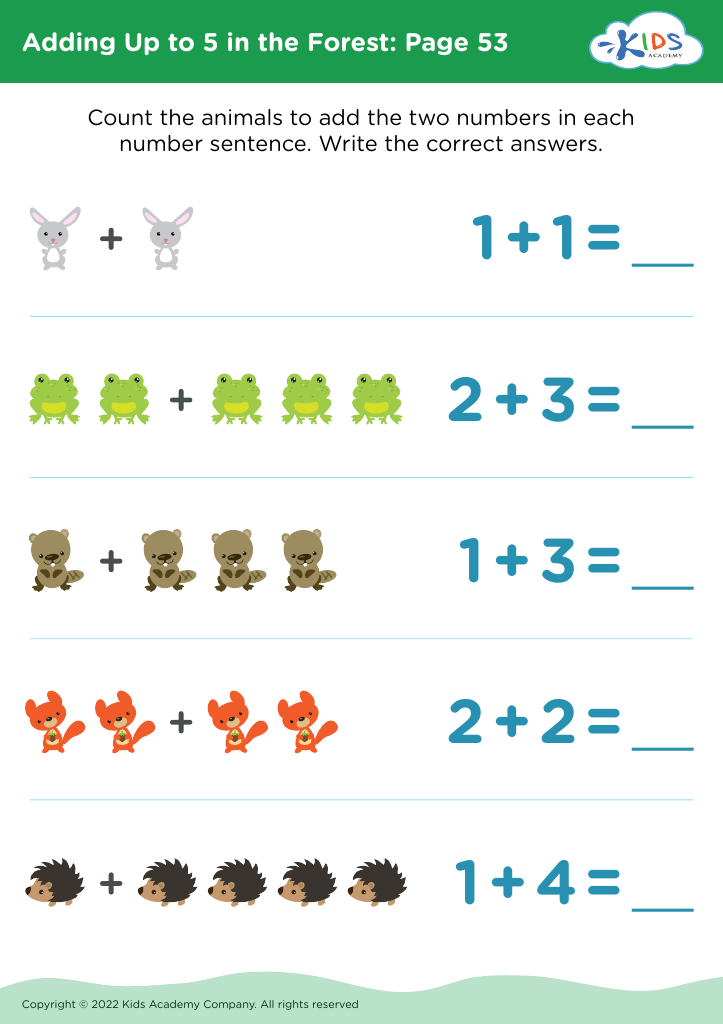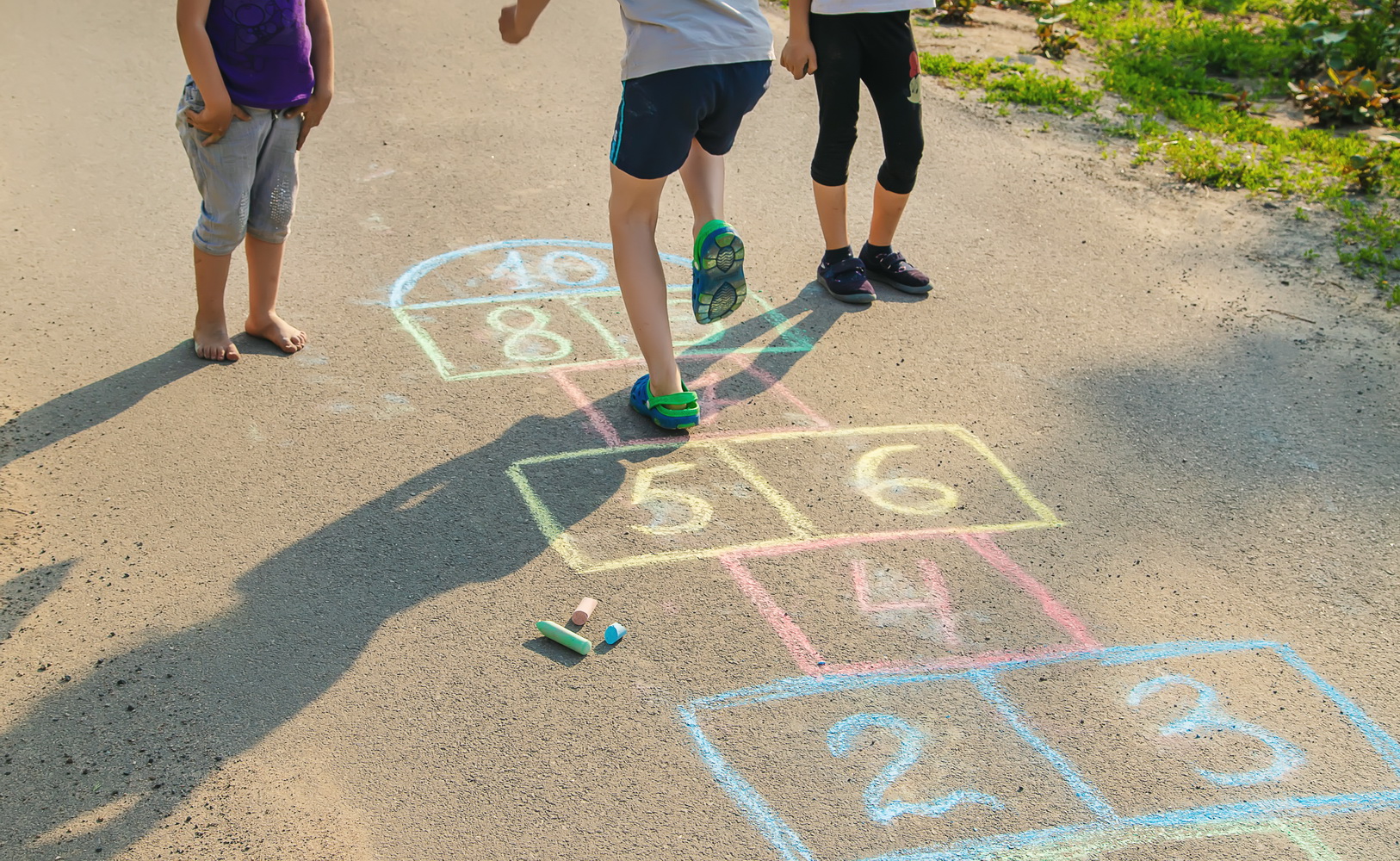Visual comprehension Addition Worksheets for Ages 3-8
7 filtered results
-
From - To
Discover our Visual Comprehension Addition Worksheets, designed specifically for ages 3-8. These engaging resources are crafted to enhance young learners' math skills through visual learning. By integrating colorful illustrations and interactive exercises, our worksheets help children grasp addition concepts effortlessly. Perfect for early graders, these materials make learning math fun and intuitive. Kids improve their problem-solving abilities while boosting memory retention and cognitive development. Ideal for both classroom use and homeschooling, our Visual Comprehension Addition Worksheets transform abstract numbers into relatable, visual challenges. Prepare your child for math success with these enjoyable and educational worksheets!
Visual comprehension addition is crucial for early-learning kids because it combines visual and mathematical skills in an engaging way, fostering cognitive development. At this stage, children learn best through hands-on, visually stimulating activities that capture their interest.
First, young kids are naturally visual learners. Through visual comprehension exercises, they can see how quantities change as they add more items. This builds a strong, foundational understanding of numbers and arithmetic without overly relying on abstract symbols or language.
Second, these activities encourage critical thinking and problem-solving. For instance, children might see pictures of apples being added together, prompting them to count and ascertain the new total. This visual approach challenges them to identify patterns, enhance focus, and develop logical reasoning.
Third, integrating visual comprehension addition aligns with the developmental milestones of ages 3-8, aiding in fine motor skills improvement. Manipulating objects or drawing representations of equations ensures that learning math is active and kinaesthetic.
Finally, making math visual makes it fun and non-intimidating, potentially preventing math anxiety. Parents and teachers investing in such methods nurture a positive attitude toward mathematics, crucial for later academic success. By merging play with learning, children find confidence and joy in tackling mathematical concepts, establishing a robust basis for future knowledge.


























